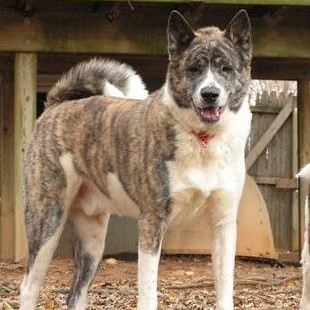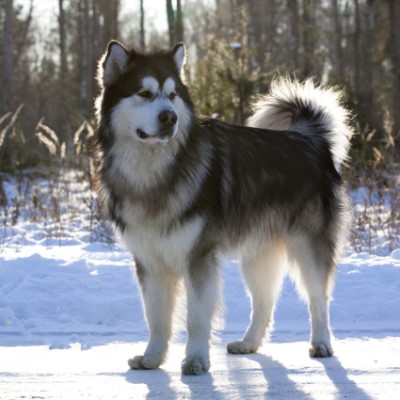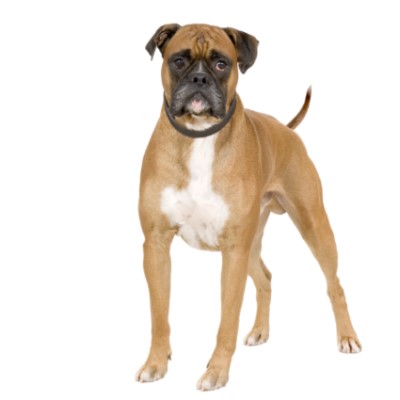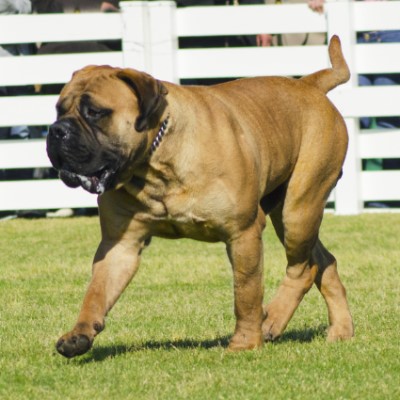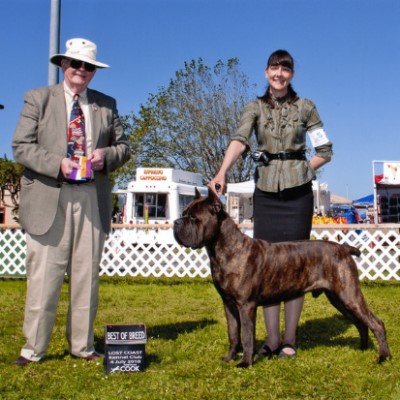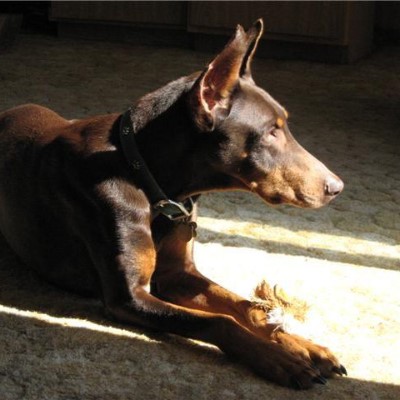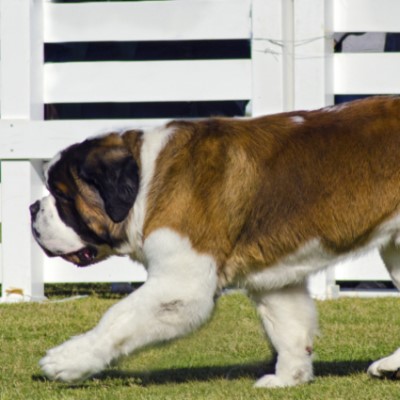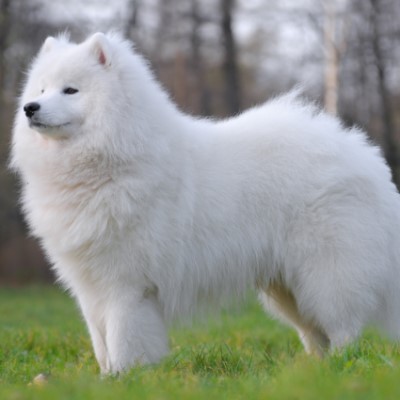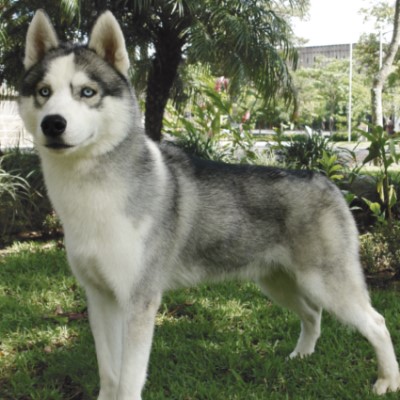Common Reasons for Surrender
The Bernese Mountain Dog Club of America told PetStarter that they rescue about 20 dogs per year. The overriding reason for surrender is life changes such as job loss, divorce, health changes in the owner, moving, or life changes that happen to people where the dog can’t come along.
Pros
The top two reasons that people want this uncommon breed is because they’ve heard they’re a great family dog with a particularly gentle nature, and they like the tri-color markings, particularly on the face.
Cons
It is difficult to fall in love with a dog that has such a short lifespan. One reputable study reports that Berners have the highest rate for cancer of all the breeds. They’re generally a dry mouth dog, but a few drool. Bernese Mountain Dogs shed year round, so you must be committed to daily brushing to keep the shedding under control.
Diet
There are people who feed the Bernese Mountain Dog the BARF diet—Bones And Raw Food only. A high-end kibble with mostly meat ingredients is recommended. Families should be careful not to overfeed as rapid growth in the puppy stage can lead to joint problems. It’s advisable to try to achieve slow growth in all the large breeds. You don’t need high end treats for the Bernese.
Exercise
The Bernese Mountain Dog needs moderate exercise such as long walks or an intense run in short bursts. These dogs have a background in light duty herding like the Border Collie as well as droving, which is driving a group of animals down a lane or moving them from one pasture to another. However, the Bernese was bred from a long line of farm dogs that pulled milk carts and loved their families and will enjoy a trial run pulling a small sled or wagon.
Possible Health Issues
Besides the short life span, the Bernese Mountain Dog is prone to bloat and can have orthopedic issues. (See www.ofa.org). Orthopedic hip surgery costs roughly $3,000 and perhaps up to $5,000 in a large city. Another common health problem for the Bernese Mountain Dog is cancer. A recent reputable study said that 53 to 54 percent of hospital deaths of Berners were due to cancer.
Housing
Despite the “mountain dog” name, a Bernese can make its home in an apartment, townhouse, or condo. However, as they grow older, it is not recommended that they go up and down stairs a lot. Their legs get creaky and lame and, unless you can carry a 90 pound dog up and down the stairs, it’s wise to live in a complex that has an elevator.
Grooming
The Bernese Mountain Dog is a double coated breed and a very heavy shedder. This dog sheds year round so be sure to brush your Bernese daily and give her an occasional bath. Toenails need to be clipped regularly.
Training
The Bernese Mountain Dog can be trained in basic manners and housetraining in the first six months. If you actively train for obedience, use a piece of kibble they normally eat to reward them for right responses. Some rescuers recommend that you wait until after teething (six months usually) before doing formal obedience classes.
Entertainment
Chew toys that do not splinter are highly recommended, especially the first six months. The Bernese Mountain Dog’s favorite pastime is enjoying attention from his family.
ADDITIONAL RESOURCES
We want to thank Bernese Mountain Dog Colorado Rescue (BMDCR) and Bernese Auction Rescue Coalition for help with this profile.

